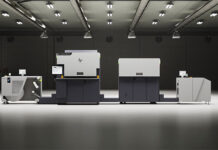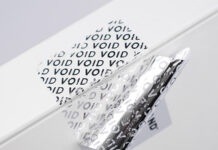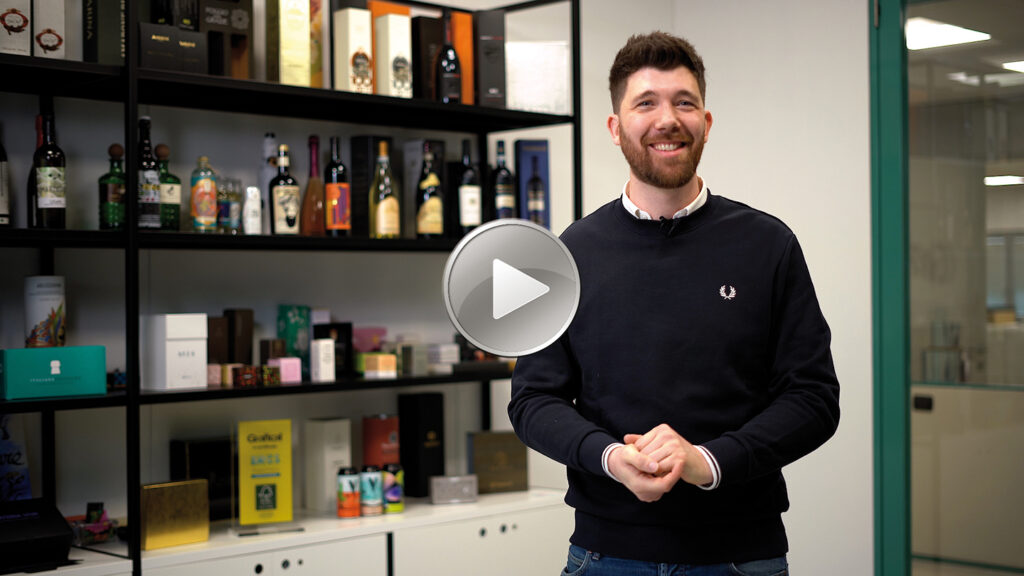38 years of activity, 1200 customers, 20,000 square meters of production area, over 90 collaborators and 3 million labels printed every day. These are the numbers of Grafical, surrounded by the vineyards of Valpolicella; the company has its core business in the printing of labels for wines, spirits and cosmetics, but also commercial prints and paper products such as flat cardboard cases
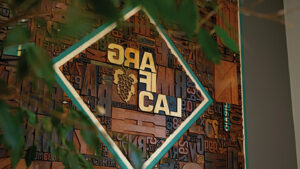 It happens more and more often to hear phrases such as “graphic arts are not the same anymore”: some time ago the spirit of companies and graphic operators was guided by knowledge combined with great dexterity which then allowed, with the technology available at that time, to reproduce high quality artistic prints universally recognized as such on the market. Today things have changed, technology makes it possible to create extraordinary prints but it is equally evident that without passion, know-how, the search for beauty and the ‘wow’ effect, it would not be possible to achieve certain results. And it is precisely this mix of technology, the art of doing things well, and attention to beauty, which allows to Grafical to realize wonderful label and packaging projects such as for example the last one presented at Brand Revolution Lab last year for Tom company, based in Milan. This Italian company that produces gin turned to the Marano di Valpolicella company for the creation of the labels to be applied to the bottle but also of the embellished case, a job that stood out for the difficulty of its realization and for the final result which guaranteed the brand the emotion of opening an elegant package, with a beautiful bottle, containing a very high quality gin, enhanced by labels of remarkable workmanship.
It happens more and more often to hear phrases such as “graphic arts are not the same anymore”: some time ago the spirit of companies and graphic operators was guided by knowledge combined with great dexterity which then allowed, with the technology available at that time, to reproduce high quality artistic prints universally recognized as such on the market. Today things have changed, technology makes it possible to create extraordinary prints but it is equally evident that without passion, know-how, the search for beauty and the ‘wow’ effect, it would not be possible to achieve certain results. And it is precisely this mix of technology, the art of doing things well, and attention to beauty, which allows to Grafical to realize wonderful label and packaging projects such as for example the last one presented at Brand Revolution Lab last year for Tom company, based in Milan. This Italian company that produces gin turned to the Marano di Valpolicella company for the creation of the labels to be applied to the bottle but also of the embellished case, a job that stood out for the difficulty of its realization and for the final result which guaranteed the brand the emotion of opening an elegant package, with a beautiful bottle, containing a very high quality gin, enhanced by labels of remarkable workmanship.
This is just one of the latest examples of projects that permitted to Grafical to stand out on the market as a supplier capable of supporting the customer in the most difficult challenges, following the wake of its tradition.
Artfully printed since 1984: from water and glue labels to self-adhesive reels
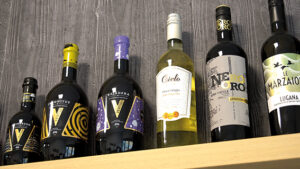 Grafical was born in 1984 in Marano, founded in the heart of Valpolicella by Lonardi brothers; initially the company was a classic sheet-fed typography that mainly supplied commercial printed matter and water and glue labels for the wine sector.
Grafical was born in 1984 in Marano, founded in the heart of Valpolicella by Lonardi brothers; initially the company was a classic sheet-fed typography that mainly supplied commercial printed matter and water and glue labels for the wine sector.
With the subsequent transition from the water and glue label to the self-adhesive label, the company gradually equipped itself with web printing technologies and today web label printing represents about 80% of Grafical’s business. The remaining 20% is represented by commercial printed matter and paper converting products such as folding cartons.
“The wine and spirits sector represents a very important share of our business but we are also present in the cosmetics sector, where we can offer the customer a complete packaging solution by providing both label and box, and in the food sector thanks to the BRCGS certification”, says Sebastiano Lonardi, head of purchasing and management control at Grafical.
A complete and cutting-edge fleet of machines
To satisfy the requests of over 1200 customers, and to guarantee a production of over 3 million labels a day, work at a constant pace in the company’s press room 14 web machines and 5 sheet-fed printing machines, able of performing processes such as hot and cold foil printing, relief, bas-relief, lamination, screen printing, variable data, register hologram printing and many other valuable processes.
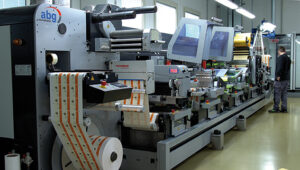
“Our customers really appreciate the range of possibilities we can offer but above all our response times. Unfortunately, 2022 was a year in which all the rules were broken and it was difficult to guarantee our service standards due to the lack of raw materials and the amount of work that the market required in this anomalous period but now the situation seems to have stabilized again. All this has prompted us to continue on the path of efficiency, reviewing our processes towards greater optimization, which is the basis to safely manage a large amount of work”, adds Sebastiano.
ArtPro+, Automation Engine, WebCenter: Esko’s support for managing an efficient production cycle
If on the one hand production technologies are one of the main elements for the success of a company like Grafical, on the other hand the technologies are equally fundamental: in the prepress phase a partner like Esko can guarantee the development of a correct workflow.
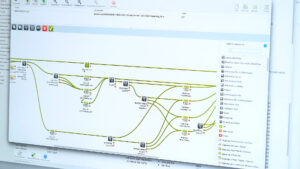
“Our Esko solutions are Automation Engine, WebCenter and Artpro+ and are used by a team of 10 people in the prepress department. Automation Engine is certainly the prepress software that has allowed us to grow the most from a technological point of view, while WebCenter is a tool that has allowed us to provide an additional service to our customers for managing the approval cycle of their products. As far as ArtPro+ is concerned, to date its use mainly concerns the creation of actions and templates that we use in Automation Engine to automate our workflow”, adds Sebastiano Lonardi.
Grafical graphic office is in fact one of the most important departments for the company production process and also thanks to the passion and dedication of operators such as Fabio Vallenari who immediately understood and appreciated the great potential of the workflow and all the tools offered by Esko. The implementation of these solutions represented a decisive change of pace for Grafical.
Automation Engine: optimize, standardize, automate
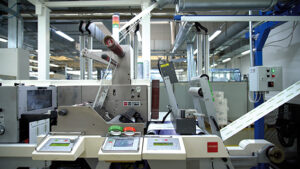 Automation Engine is a software solution that has been present in the company since 2006 even if at the beginning it was mainly used for control and ripping of files. In 2012 the growing amount of work has imposed to Grafical the need to further automate the prepress processes such as the execution of a step&repeat. At the end of 2012, with the installation of a new management system in the company, and its integration with Automation Engine, this became possible. Being able to send all the information regarding the jobs has created multiple possibilities for automation and over time the introduction of tickets for the direct interface with SQL databases and the ability to execute scripts have increased these possibilities exponentially. Today prepress is focused on what can be done more efficiently, and their motto has become: “optimize, standardize, automate!”
Automation Engine is a software solution that has been present in the company since 2006 even if at the beginning it was mainly used for control and ripping of files. In 2012 the growing amount of work has imposed to Grafical the need to further automate the prepress processes such as the execution of a step&repeat. At the end of 2012, with the installation of a new management system in the company, and its integration with Automation Engine, this became possible. Being able to send all the information regarding the jobs has created multiple possibilities for automation and over time the introduction of tickets for the direct interface with SQL databases and the ability to execute scripts have increased these possibilities exponentially. Today prepress is focused on what can be done more efficiently, and their motto has become: “optimize, standardize, automate!”
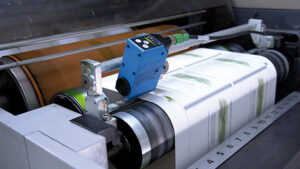 “Surely the maintenance cost of this type of solution has its weight, but the possibilities offered and the quality of the assistance service quickly repay the investment”, says Sebastiano, who then goes on to analyze the advantages that this solution has brought in addition to execution speed. Thanks to the numerous controls created ad hoc in the workflow, human error is reduced to a minimum, to the full advantage of the security of what is printed. Each operation is traced individually and there is also the guarantee of repeatability over time. In Grafical they are so sure of the final result of the workflow that even reprints are managed as if they were new orders. Even the operators who have recently joined the staff have confirmed the ease of use of these solutions, which with WebCenter finally offer the customer the possibility of being able to have an archive of his files, updated to the latest version, and the archive can be consulted from any device.
“Surely the maintenance cost of this type of solution has its weight, but the possibilities offered and the quality of the assistance service quickly repay the investment”, says Sebastiano, who then goes on to analyze the advantages that this solution has brought in addition to execution speed. Thanks to the numerous controls created ad hoc in the workflow, human error is reduced to a minimum, to the full advantage of the security of what is printed. Each operation is traced individually and there is also the guarantee of repeatability over time. In Grafical they are so sure of the final result of the workflow that even reprints are managed as if they were new orders. Even the operators who have recently joined the staff have confirmed the ease of use of these solutions, which with WebCenter finally offer the customer the possibility of being able to have an archive of his files, updated to the latest version, and the archive can be consulted from any device.
Esko, a partner for growth also in the future
“In all these years of use, the system has evolved over time with cutting-edge and specific solutions for our sector. We therefore believe that in the coming years Esko will enable us to provide our customers with the best service available on the market. I believe that having a solid partner behind you who has in-depth knowledge of pre-press and printing, offers top-level technical assistance and is always in step with market needs, is an aspect that a company that wants to grow must consider very well. We are extremely happy with our journey with Esko to date, and our goal for the future is to be able to further automate our workflow, making the most of the system to automate all repetitive prepress work, so that the operators can devote themselves to processes with higher added value”, concludes Sebastiano Lonardi.





